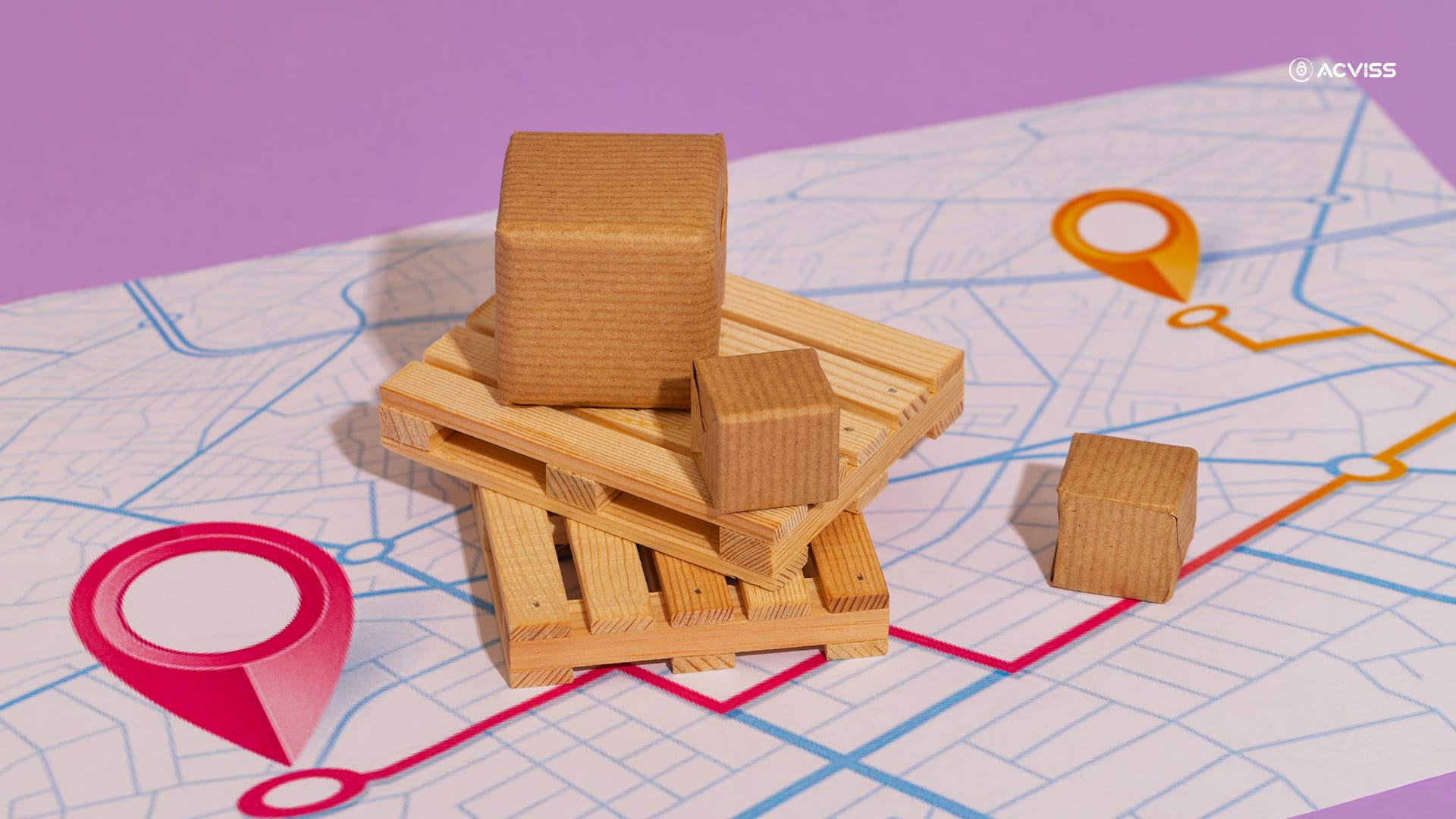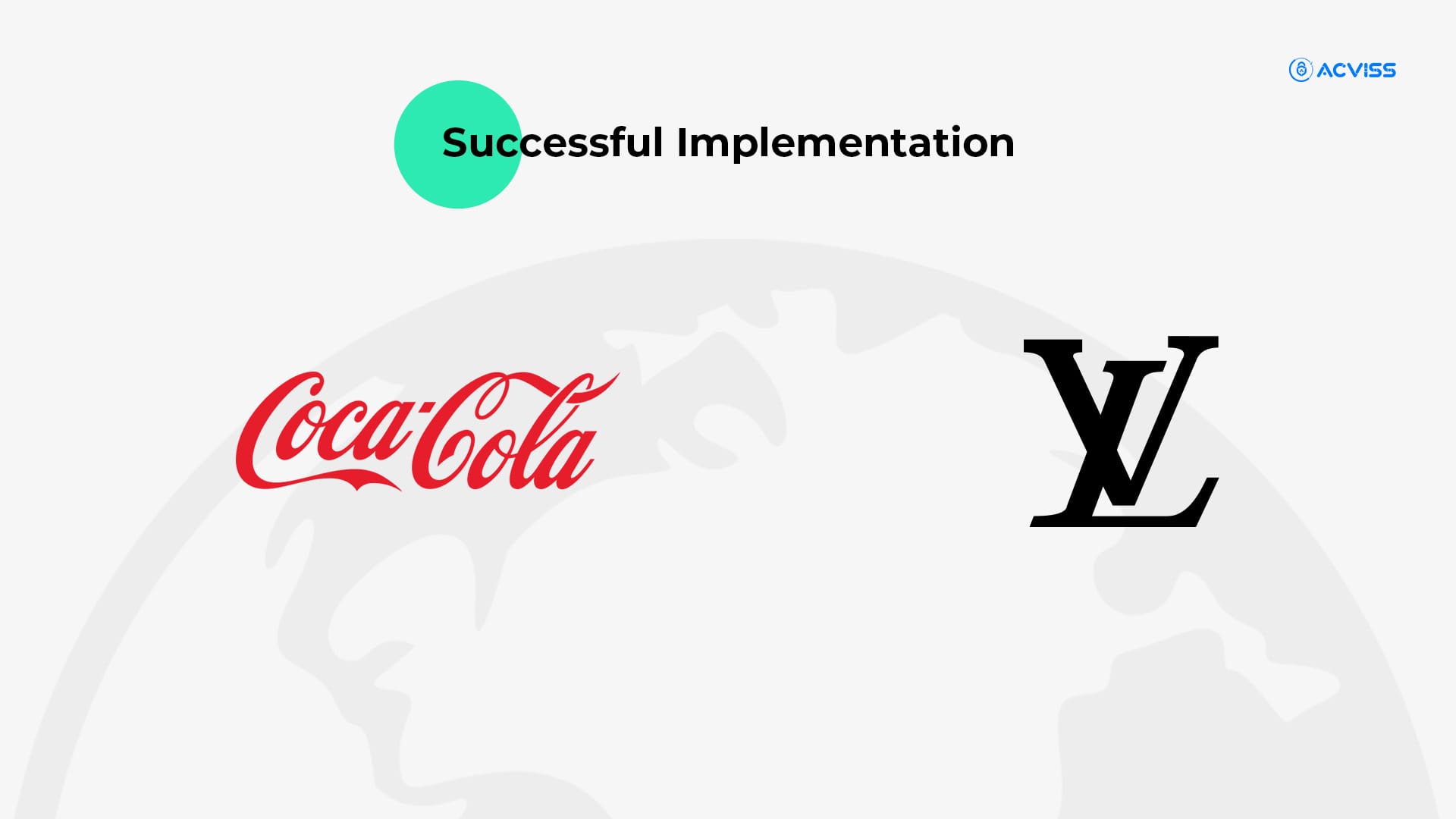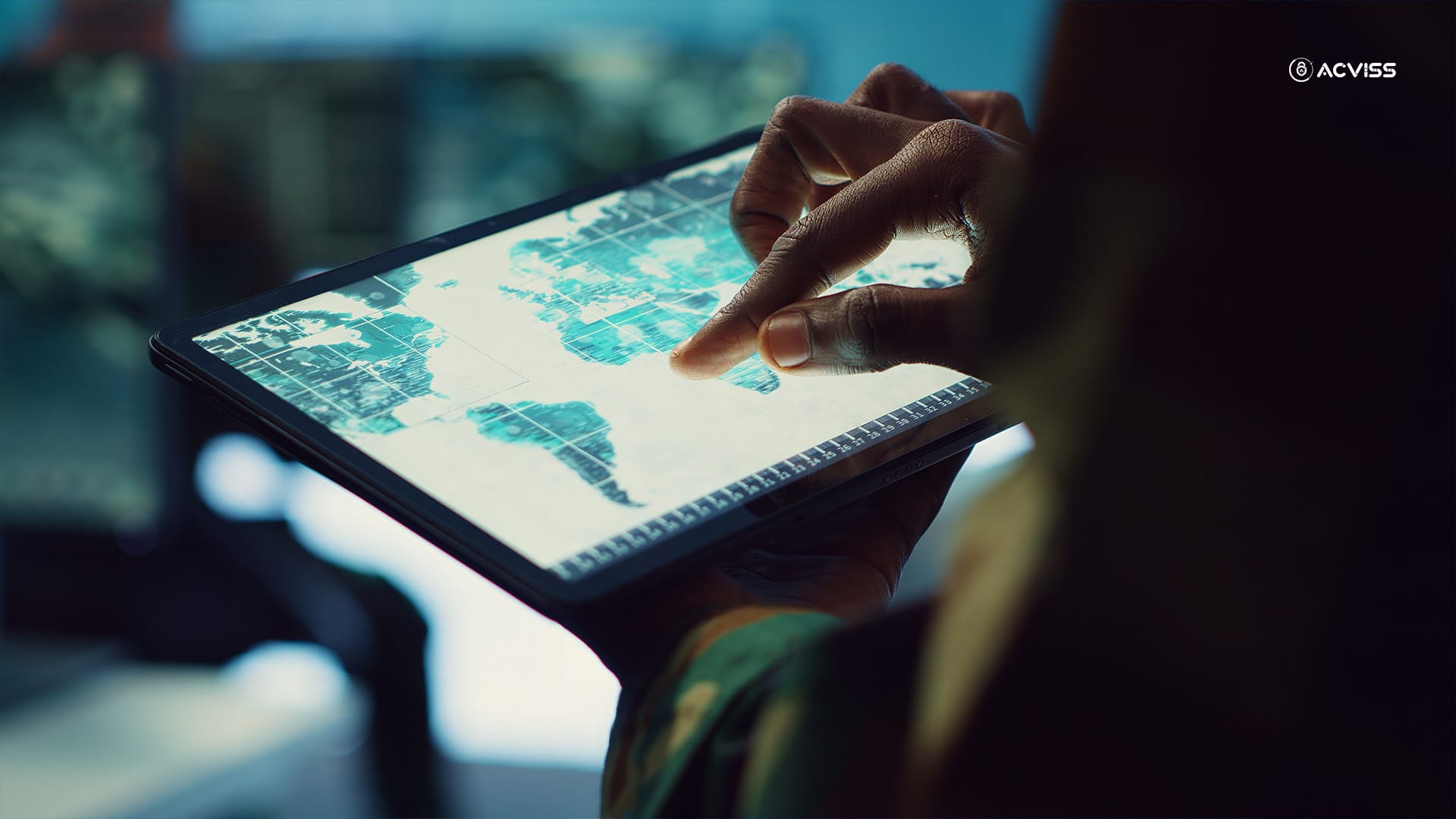Understanding Geofencing Solutions for Enhanced Product Authenticity and Provenance

Geofencing is transforming how businesses connect with the physical world. Imagine being able to monitor product movement, track equipment, and instantly receive updates whenever a device enters or leaves a designated area. For manufacturers, this means not only improved security and compliance but also enhanced productivity. From marketing to fleet management, geofencing opens new possibilities for personalized, location-based interactions that drive growth and efficiency.
Its wide range of applications can offer real-time data analytics and insights for improving efficiency, enhancing safety, optimizing operations, driving business growth, and providing personalized experience.
What is Geofencing?
Geofencing is a location-based technology that tracks assets in real-time, improving efficiency and security. A mobile app or software uses the Global Positioning System, radio frequency identification, Wi-Fi or cellular data to create a virtual geographical boundary and trigger a tailored marketing action when a device enters or leaves that boundary.
Geofencing also allows a user to set up prompts so that when a device, such as an internet-connected smartphone, hits a defined geographical border, the user gets an alert and can perform a particular action targeting that device.
The introduction of e-agriculture has helped this sector to make informed decisions regarding climate change and other challenges. The use of drones integrated with geofencing technology offers real-time data analytics to support precision and sustainable farming practices and improve crop yield with actionable information.
In the agriculture industry, geofencing technology provides location-based data and real-time monitoring to manage precision agriculture by mapping soil health, moisture levels, and crop conditions. Further, it can track the movement of labour and equipment efficiently to enhance productivity in a hassle-free way.
The most important aspect of geofencing technology is offering data on the origin of products to prevent deforestation and meet EUDR regulations. As a consequence, it promotes sustainable farming methods and enhances brand reputation among environmentally conscious consumers.
What Role Does Geofencing Play in Product Traceability

Enhancing Product Traceability
Product traceability refers to the ability to track a product's movement from its start to its final goal. Geofencing plays a major part in this process by giving real-time location data that allows firms to track their goods along the supply chain.
Industry Applications
Several areas are currently implementing the powers of geofencing for improved traceability:
- Pharmaceuticals: Geofencing helps ensure that medicines are transported under controlled conditions and reach approved sellers.
- Luxury Goods: Brands utilise geofencing to watch the movement of high-value goods, preventing them from being moved or sold through illegal channels.
- Automotive: Manufacturers may track car components along the supply chain to ensure authenticity and compliance with safety rules.
Implementing geofencing increases traceability, providing verifiable product information and developing customer loyalty and relationships.
Anti-Counterfeiting Solutions with Geofencing
Counterfeit items damage brand image and pose serious risks to consumer safety. Geofencing offers a thorough solution for fighting counterfeiting by enabling firms to monitor their products constantly.
Here’s how it works:
- Real-Time Alerts: When a product enters or leaves a particular geofenced area, companies get instant messages. This allows them to take fast action if an item is spotted in an unauthorised place.
- Digital Authentication: Integrating geofencing with digital authentication methods such as QR codes or NFC tags, gives customers easy access to product information. Scanning a code may show if the item is real and where it was sourced.
- Data Analytics: Geofencing generates important data on product movements and customer behaviour. Analysing this data helps companies discover trends related to counterfeiting activity.
Case Studies of Successful Implementation

Several companies have successfully implemented geofencing as part of their anti-counterfeiting strategies:
Coca-Cola: The beverage company utilises geofencing technology to watch its distribution network carefully. By setting up virtual borders around authorised sellers, Coca-Cola can quickly discover any unauthorised sales or distribution operations.
Louis Vuitton: The luxury firm uses geofencing to watch its high-end products throughout the supply chain. This ensures that things are sold purely through approved outlets, protecting brand identity.
How Geofencing Works in Real-World Scenarios
The geofencing technology is used by different brands and manufacturers beyond mobile apps to serve the segments of logistics, fleet management, retail and marketing, security and asset protection, smart home automation, event management, drone application, and more. Hence, the versatility of this technology can offer beneficial and innovative solutions to different businesses for optimizing their operations and efficiency.
Once the geofence has been “built,” the app may take action when an installed device enters the perimeter, starting a message or set of messages to send information, offers, or reminders of the company or service. When creating a geofencing plan, it is crucial to consider the time-sensitive aspect of a customer’s presence within a geofenced area.
The Origin by Acviss is one of the leading examples of the application of geofencing technology in supply chains to enhance product security and traceability. Real-time monitoring can quickly identify discrepancies in product movement and enhance transparency throughout the supply chain. By complying with regulations, it supports anti-counterfeiting measures to maintain brand integrity.
Challenges and Limitations
- Privacy problems: One of the most major problems surrounding geofencing is privacy. Consumers may be worried about companies tracking their location or monitoring their behaviour without permission. Businesses must manage these privacy issues carefully by being clear about data-gathering methods and obtaining open permission from customers.
- Technological Limitations: Geofencing depends heavily on GPS accuracy and connectivity. In places with weak signal strength or busy urban areas where signals may be blocked, the effectiveness of geofencing might be affected. Reliance on mobile devices suggests that firms must handle variations in user activity and gadget capabilities.
- Cost Implications: Implementing full geofencing solutions may require considerable upfront costs linked to technology acquisition and merging with current systems. Smaller businesses may find these fees expensive.
Future Trends and Innovations

The promising future of geofencing technology enables real-time interactions across various platforms and enhances customer experiences and operational efficiencies. Geofencing not only streamlines workforce management but also optimizes logistics operations, retail integration, supply chain efficiency, and asset tracking to improve customer engagement and achieve a competitive edge in the market.
1. Increased Use of Geofencing in Smart Houses:
Geofencing is already getting acceptance in smart houses. For instance, when a person enters their house geofenced area, the lights instantly turn on, the temperature adjusts, and the appliances activate. Similarly, when the individual leaves the house geofenced area, the lights switch off, the temperature changes, and the appliances deactivate. In the future, geofencing will be applied to improve the protection of smart houses. For example, when an illegal individual enters the geofenced area, the security cams will identify the intrusion and alert the homeowner.
2. Geofencing for Critical Infrastructure:
Critical infrastructure such as power plants, water treatment centres, and airports need high-level security. Geofencing may build virtual perimeters around these places and offer real-time alerts when an illegal person or thing enters the geofenced region. This will help avoid security breaches and protect the safety of the system.
3. Integration with AI and Machine Learning:
Geofencing may be integrated with AI and machine learning to improve the accuracy and effectiveness of security systems. For example, by studying the data gathered via geofencing, AI and machine learning systems may discover patterns and identify abnormalities. This will help predict security issues and take preventative steps.
Geofencing holds a promising future for diversified operations across multiple sectors. It can be stated confidently that this technology can offer the advantages of real-time tracking, automated alerts, equipment monitoring, predictive maintenance, personalized marketing, safety and compliance monitoring, route optimization, and more with its evolving advancements. Beyond integration with AI and machine learning, this technology continues to develop its applications to provide innovative solutions for meeting specific and customized business needs.
4. Use of Wearables in Geofencing:
Wearables such as smartphones and fitness trackers may improve security by applying geofencing. For instance, if an individual working in a high-security location forgets to wear their security badge, the smartwatch will tell them and remind them to do so before entering the geofenced region.
Conclusion
Geofencing is a powerful tool in the fight against counterfeiting while boosting product authenticity and provenance. Adopting this new technology increases tracking across the supply lines and protects their brands from counterfeit dangers. As we move into the future, advancements in technology will continue to affect how we approach product authenticity—making it vital for companies to stay ahead of the curve.
Interested to learn more about Geofencing?Get in touch with us today and implement end-to-end traceability to your supply chain and ensure complete protection for your products.
